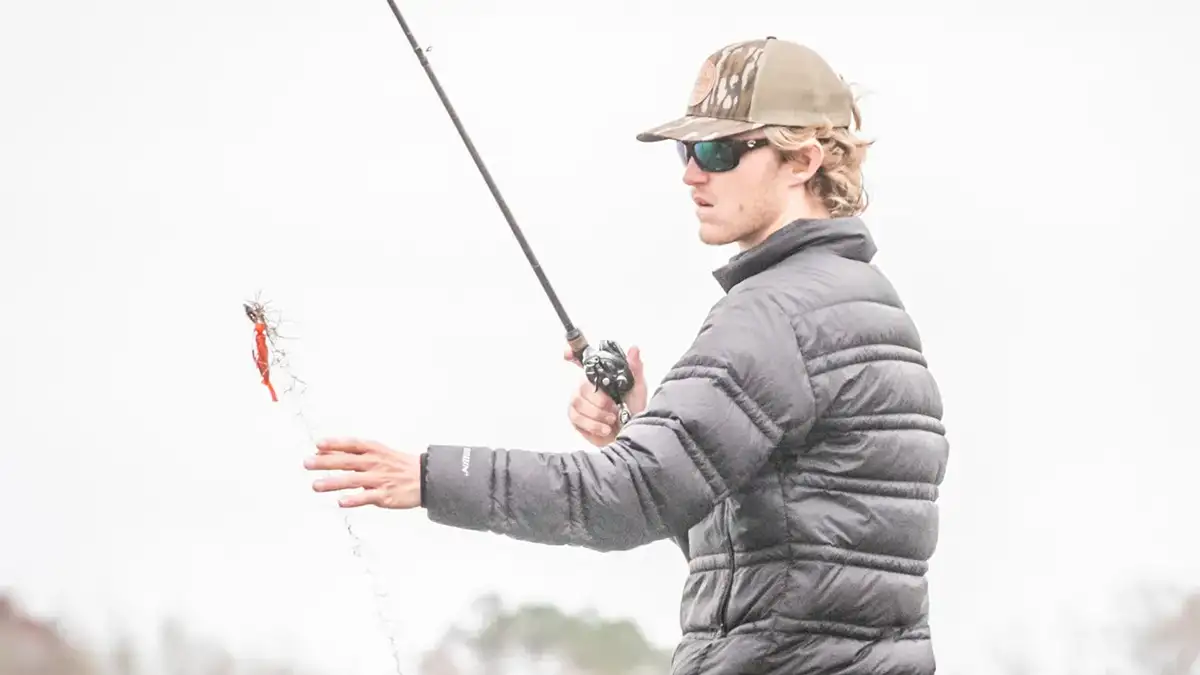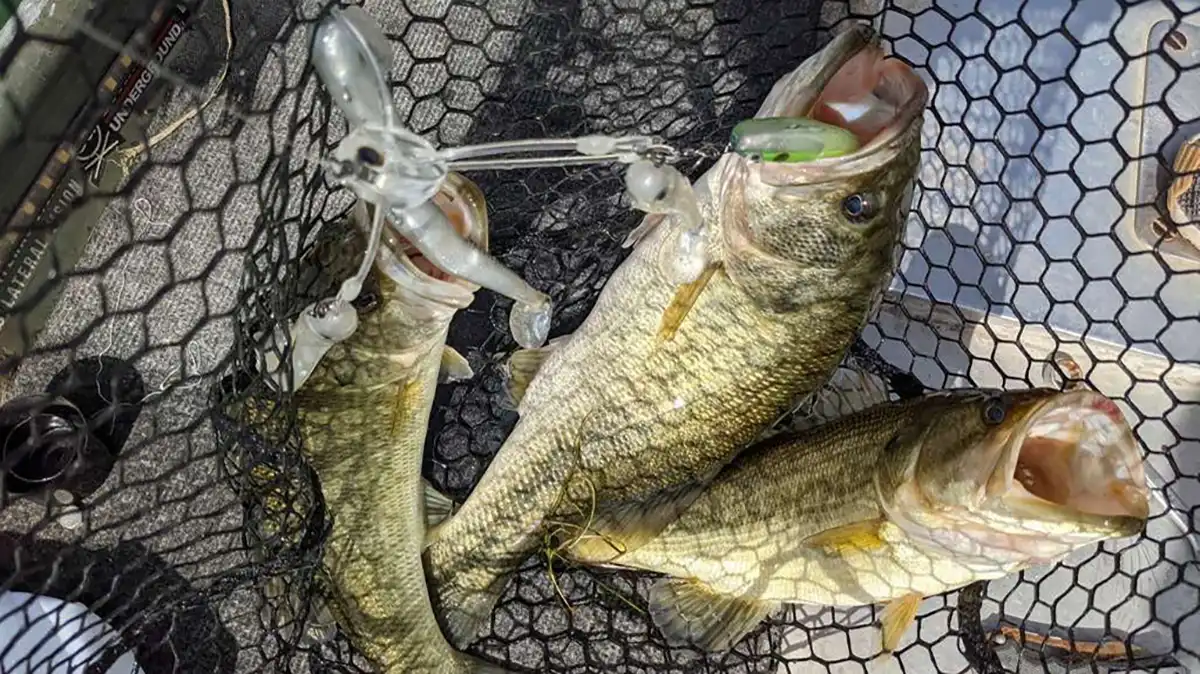In the perpetual quest for angling success, bait selection remains a timeless challenge, with the ever-evolving market offering a plethora of options. Anglers often find themselves at a crossroads when deciding between moving baits and bottom baits. While both approaches boast efficacy, discerning the ideal lure for specific scenarios can prove daunting. This exploration delves into the dynamics of selecting between moving and bottom baits, considering fish behavior and prevailing conditions.
Fishing Pressure: Fishing pressure emerges as a pivotal factor influencing bait selection. Seasoned anglers understand its profound impact on fish behavior, particularly in heavily frequented waters. Increased pressure often renders fish less receptive to conventional baits, necessitating astute observation of their disposition.
An illuminating anecdote from a College Bassmaster tournament on the James River elucidates this phenomenon. Initially capitalizing on moving baits yielded promising results, but as fishing pressure mounted, the efficacy waned. Adaptation became imperative, leading to a strategic transition to bottom baits, ultimately securing a commendable outcome. This narrative underscores the nuanced interplay between fishing pressure and bait selection, emphasizing the versatility demanded of discerning anglers.

Competition: The dynamics of fish competition also shape bait selection, with group dynamics influencing predatory behavior. In scenarios where fish congregate, the allure of moving baits is heightened, capitalizing on the competitive instinct to provoke strikes. Conversely, solitary fish exhibit greater discernment, necessitating a more deliberate approach to entice engagement.
The strategic deployment of moving baits around schools of bass serves as a prime example, leveraging the collective aggression to elicit bites. However, astute anglers remain attuned to subtle shifts in behavior, seamlessly transitioning to bottom baits when the initial fervor wanes. This adaptive strategy optimizes catch potential, ensuring sustained success amidst fluctuating conditions.
Cover: The presence of cover introduces another layer of complexity to bait selection, with varying presentations tailored to distinct environments. While moving baits offer allure in open water scenarios, the efficacy diminishes in densely vegetated areas due to exposed hooks. In such instances, bottom baits like jigs and Texas rigs reign supreme, facilitating comprehensive coverage of targeted areas.
Conversely, moving baits excel in enticing fish out of cover, capitalizing on instinctual responses to swiftly moving prey. Forward-facing sonar aids in discerning optimal presentation, with fish positioning serving as a reliable indicator of bait preference. This strategic interplay between bait and cover maximizes engagement, ensuring a comprehensive approach to angling success.

Water Clarity: Water clarity emerges as a decisive factor in bait selection, influencing the visibility and drawing power of respective baits. Murky waters favor bottom baits, capitalizing on proximity to entice strikes, while clear waters accentuate the drawing power of moving baits. This dichotomy underscores the nuanced calibration required to optimize bait selection based on prevailing conditions.
Precise casting becomes imperative in murky waters, accentuating the efficacy of bottom baits in close-quarters engagements. However, the strategic deployment of moving baits equipped with high-drawing power remains viable in certain scenarios, albeit with modifications to enhance visibility. This strategic alignment ensures adaptability across diverse water conditions, empowering anglers to optimize engagement and maximize catch potential.
In navigating the perpetual debate between bottom baits and moving baits, anglers must embrace adaptability and astute observation to optimize catch potential. The nuanced interplay between fish behavior, prevailing conditions, and bait selection underscores the multifaceted nature of angling strategy. By integrating these insights into their approach, anglers can elevate their proficiency and embark on rewarding angling endeavors with confidence and precision.
Images/Source: Wired2Fish





